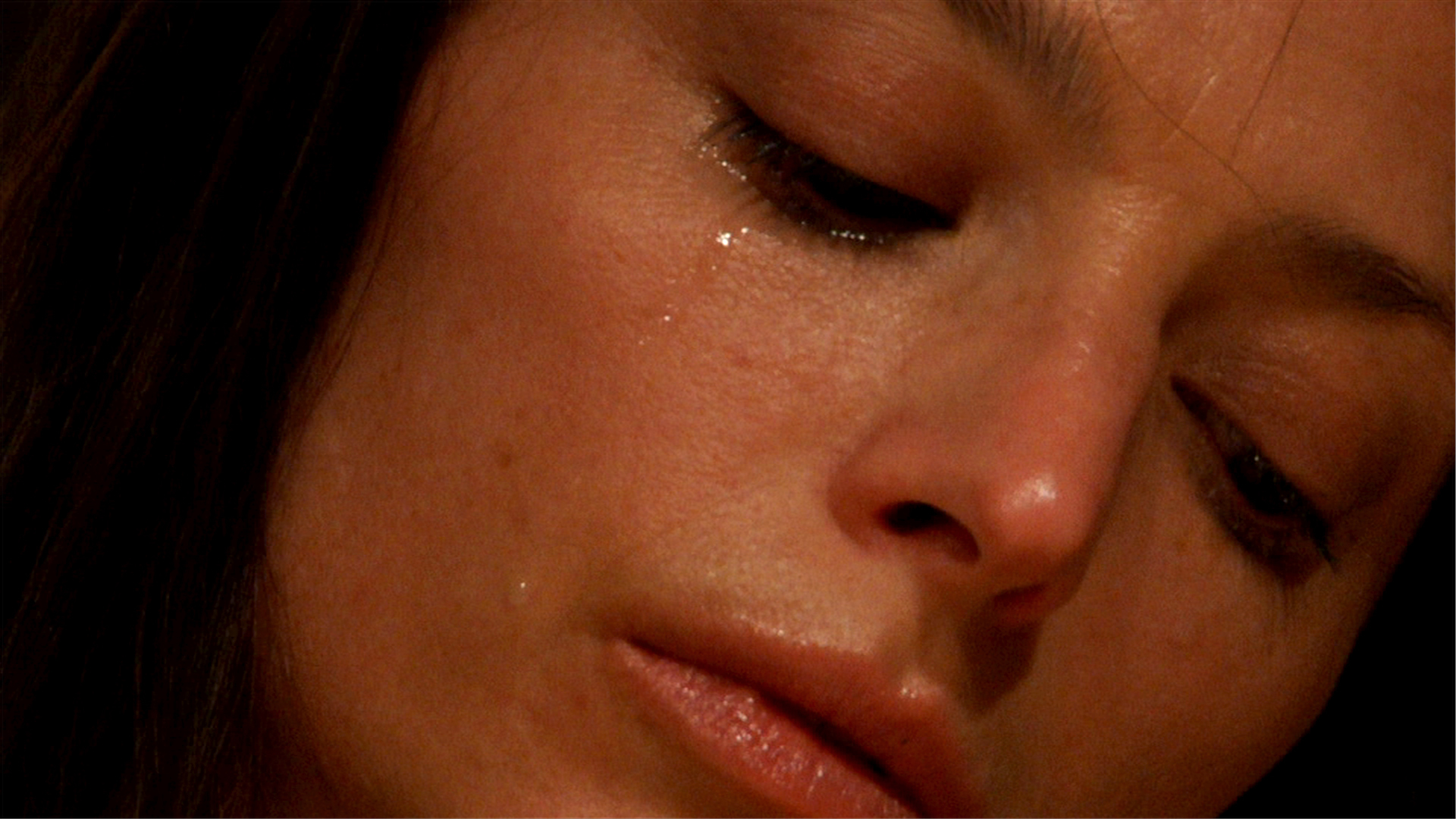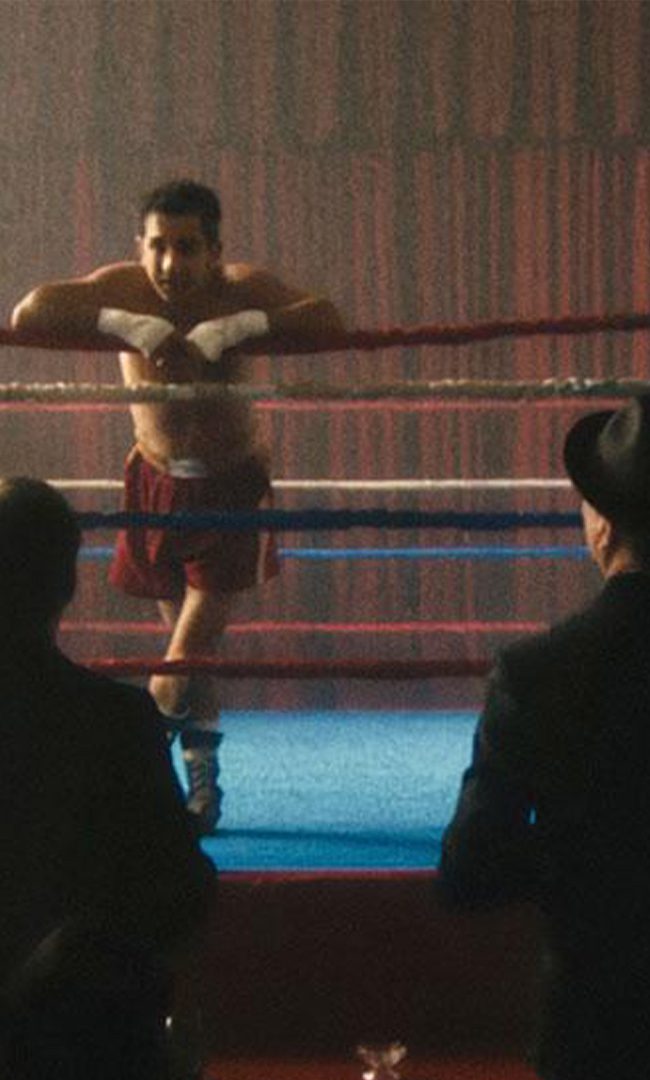ROBERT GREENE DECONSTRUCTS THE DOCUMENTARY IN “ACTRESS”

(HtN contributor Ray Lobo is a big fan of the films of Robert Greene. So much so, he’s trotting out this 3-part series on Greene’s films Actress, Kate Plays Christine and Bisbee ’17. Like what you see here on Hammer to Nail? Why not give just $1.00 per month via Patreon to help keep us going?)
Fans of HBO’s The Wire remember Brandy Burre in her role as the ambitious political consultant Theresa D’Agostino. Robert Greene’s Actress takes the viewer into Burre’s post-Wire life. Burre’s character in the show was a single, independent, and oftentimes cynical political operative. In the opening scenes of Actress, Greene juxtaposes the Wire character with the “real” Burre. We find Burre in the hurly-burly of domestic life – organizing breakfast and making sure her kids have their coats. Burre declares, “acting became a burden…I wasn’t happy.” We find out that she moved to a low-key suburb in Beacon, New York where her partner and children became her “creative outlet.”
Burre’s partner owns a bar and several restaurants. Burre feels caught in the thankless tedium of dealing with home and kids all by herself, her partner often arriving home from work at 3:30 a.m. Not surprisingly, this dynamic puts a strain on their relationship. Burre is cruelly reminded of her former life when she receives residual checks from The Wire. In one scene she opens an envelope containing a check worth 66 cents. Two more diametrically opposed roles than actress and mother could not exist. Acting demands constant self-maintenance, or what some would callously label “selfishness.” Being a mother imposes a social ideal of selflessness. It takes a lot for any human being to go from one extreme role to another.
We can hardly buy Burre’s reconciled attitude toward her acting career going into, as she puts it, “hibernation.” Sure enough, she gets the itch to get back in the game and begins slowly transitioning away from her role of mother. She starts seeing another man. She books gigs with musician friends at nightclubs. She even starts sending out her head shot in an effort to land roles.
Everything described thus far sounds like standard documentary fare; but, Robert Greene “documentaries” are not documentaries in the classic sense. Greene has Burre acting out scenes of her doing household chores while donning a red dress, which makes her look like the Platonic form for a lonely housewife. It is as if Greene is adding to the genre of films about 1950s housewives engulfed by their loneliness and ennui. These scenes make it clear that Greene is playing with the documentary format, blurring the line between reality and staged performance.
It is worth noting that Greene was Burre’s neighbor. One cannot help but think there was some conspiracy between the two in documenting Burre’s “reality.” It is also worth remembering Burre’s muscle memory as an actor. She always seems aware of the camera and how it – at the right moment, with the right light, and right facial expression – can create its own reality.
Where is the line between “reality” and “documentary reality?” This is precisely what Greene explores and blurs so effectively. The reality that is impossible to avoid, the one that cannot be sandwiched by scare quotes, is the difficult reality most women face when they try to go back to their careers after a hiatus; and the corresponding reality that any artistic endeavor, especially acting, requires a high degree of vulnerability. Those are the realities that Greene, regardless of his toyings with truth, captures in Actress.
– Ray Lobo (@RayLobo13)











